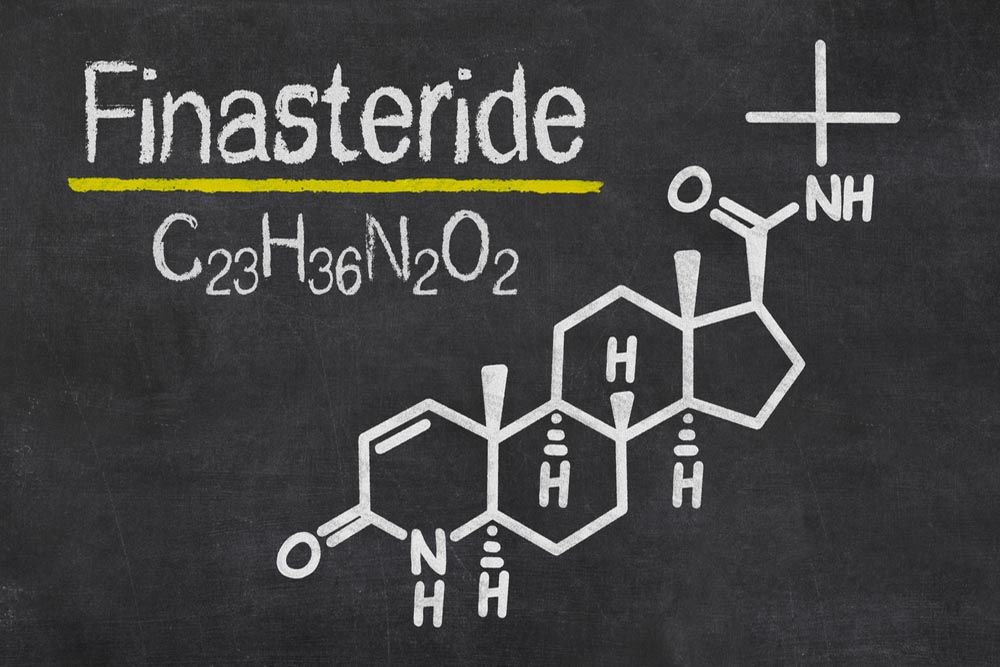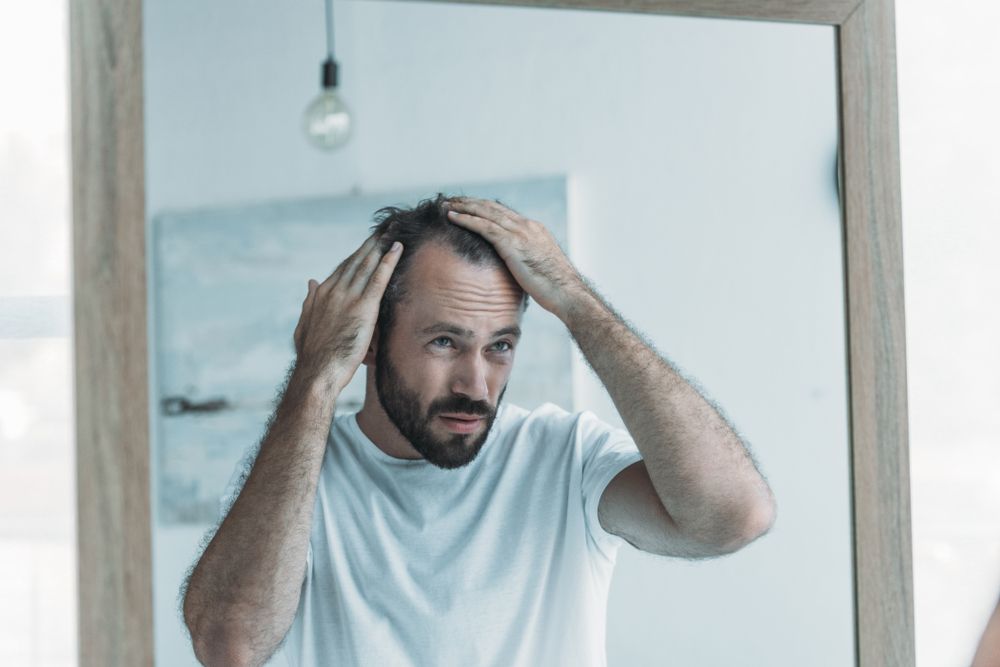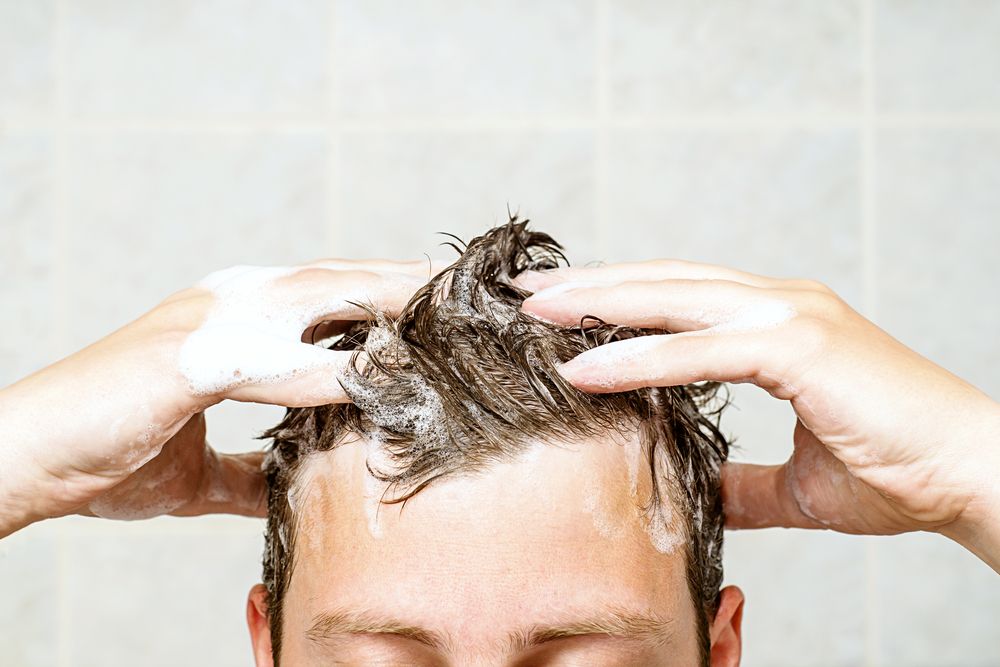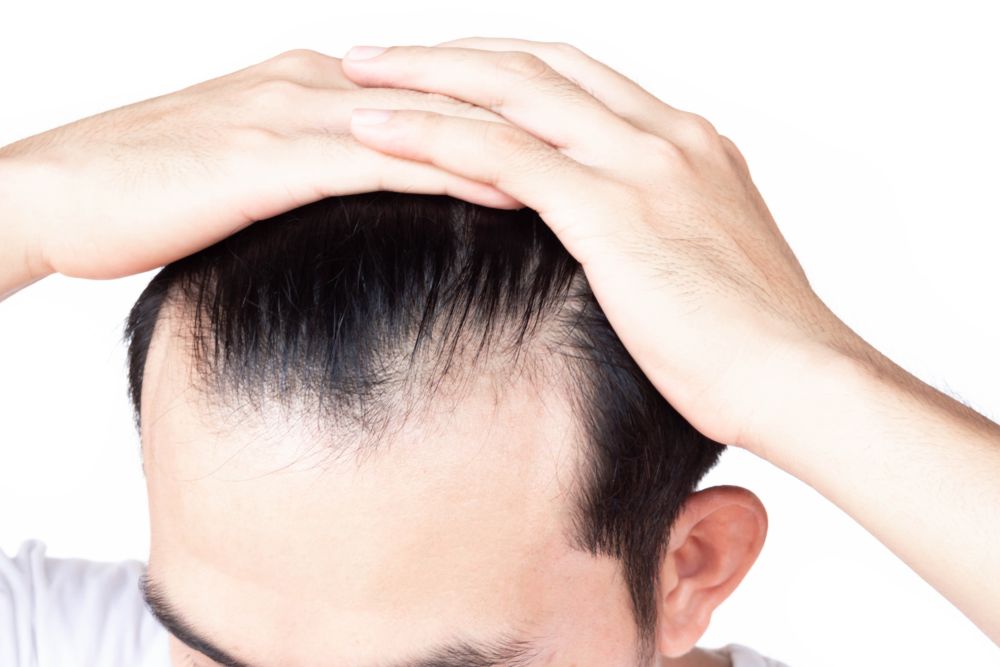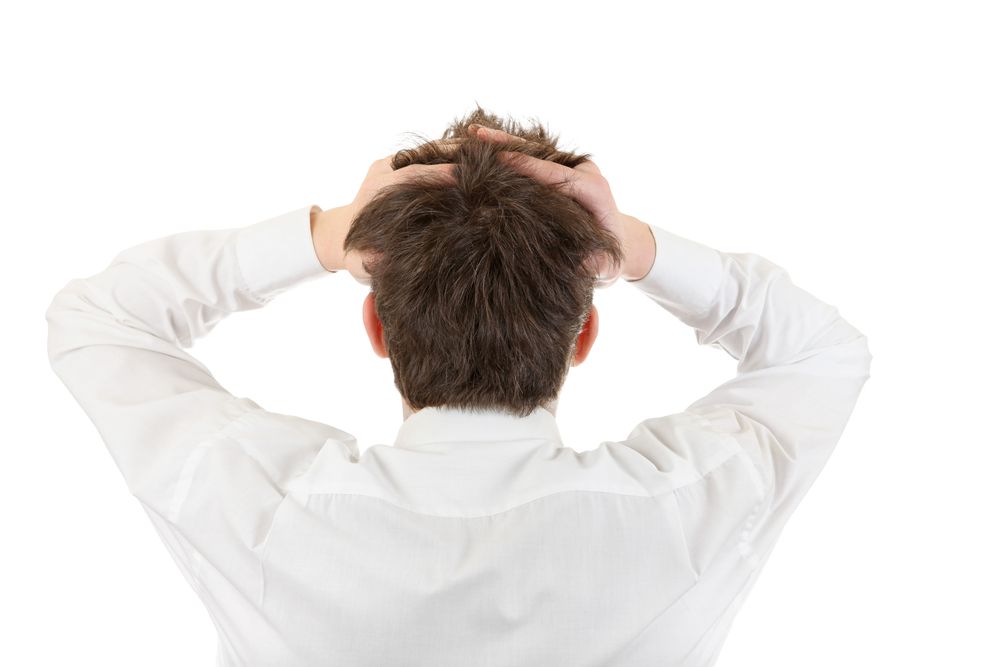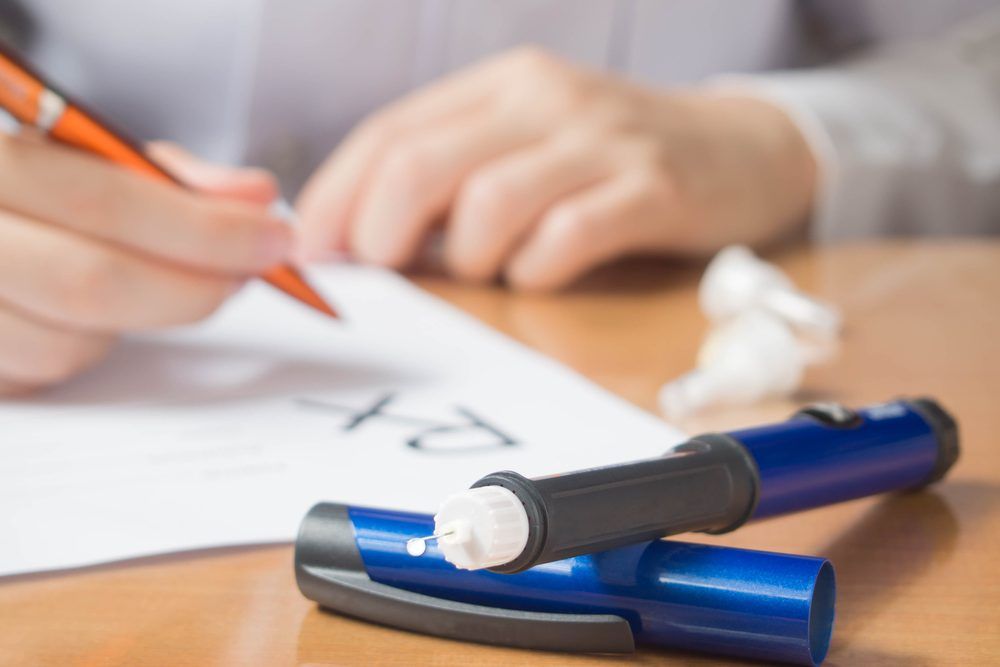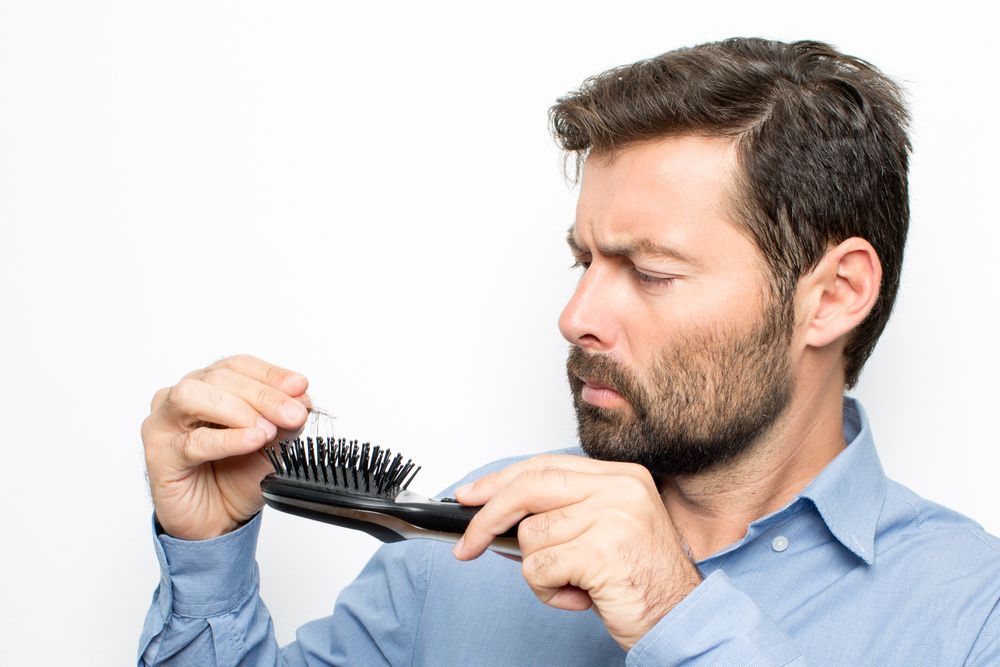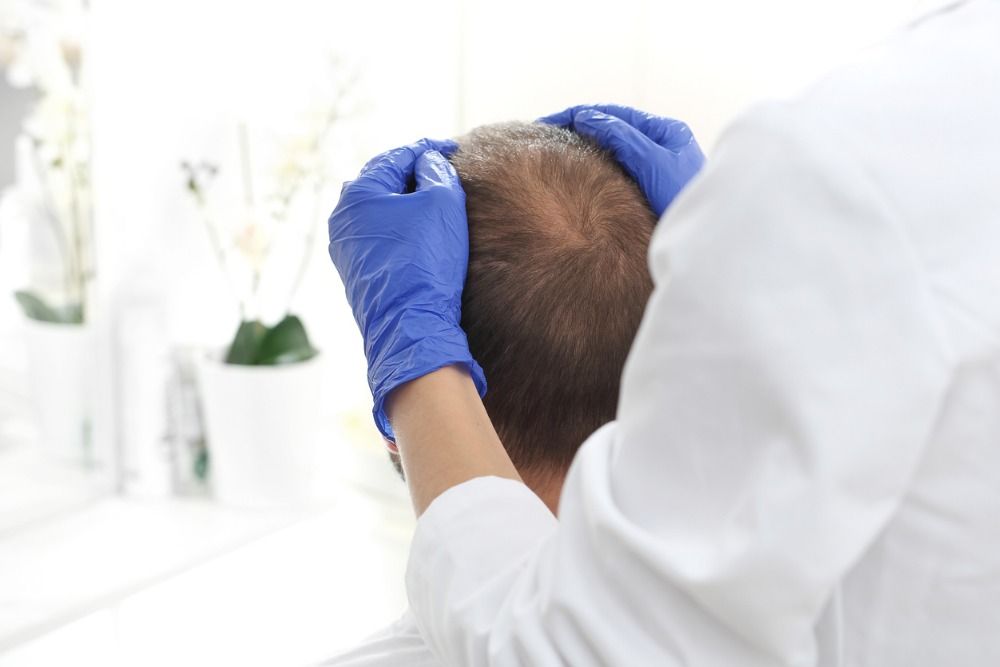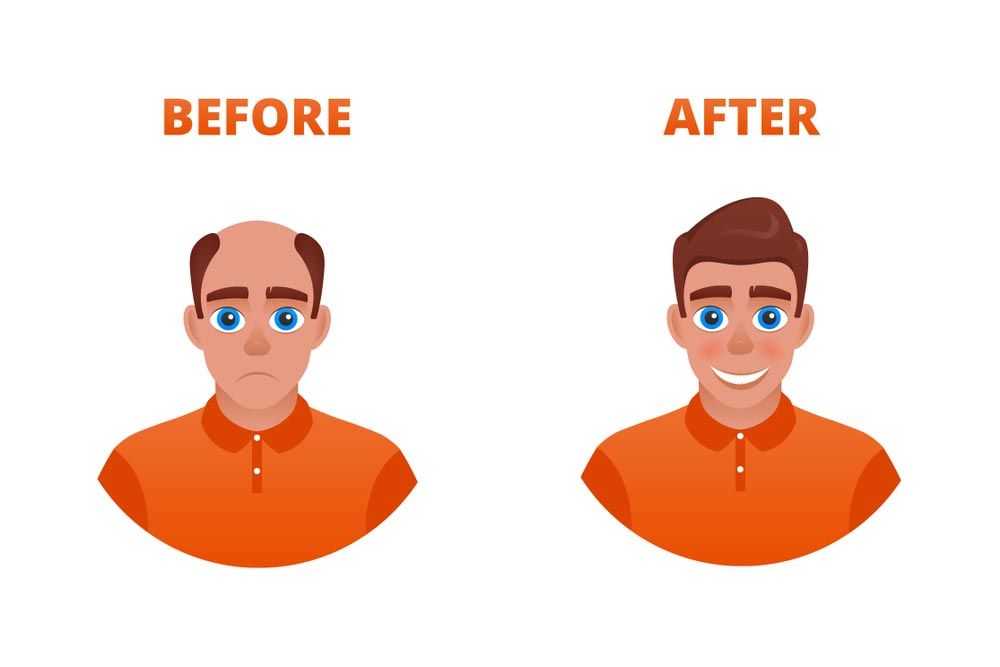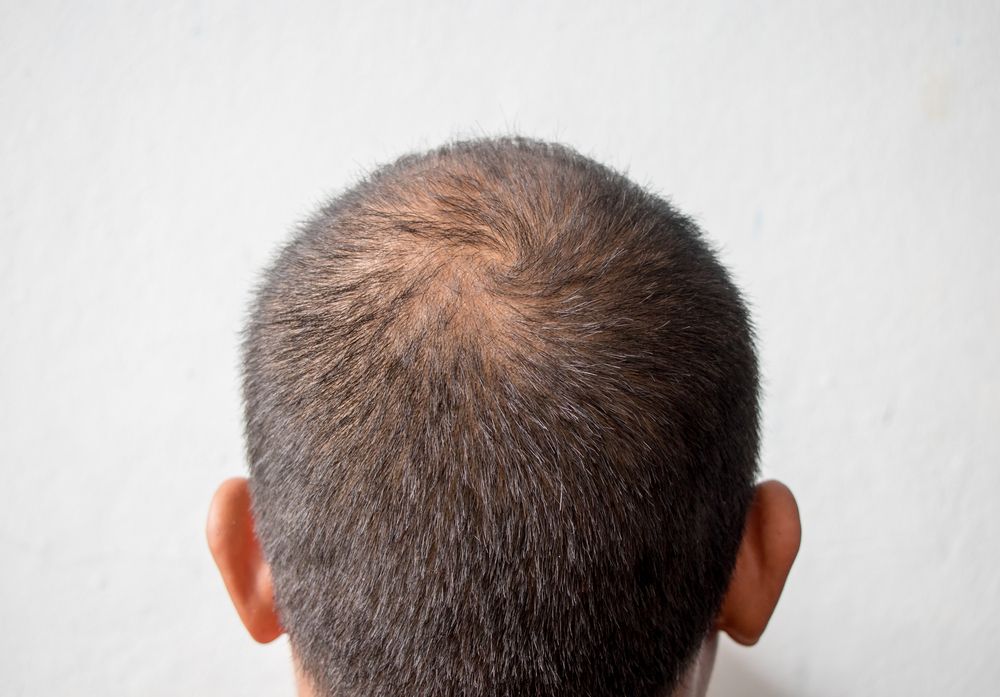Finasteride is a drug used to treat benign prostatic hyperplasia (BPH) and androgenetic alopecia. It takes about three months to work when it is used to treat androgenetic alopecia. It takes up to six months to work when used to treat BPH.
The drug is only available via prescription. It blocks the action of 5-alpha-reductase, an enzyme that can enlarge the prostate and cause hair loss. (Learn More)
When used to treat benign prostatic hyperplasia (BPH), it is usually prescribed in doses of 5 mg to be taken once a day. While it can take up to six months to show its effects, it may be ineffective if you are not seeing any improvement within 12 months. Finasteride cannot cure BPH, and if you stop taking it, your symptoms will return. (Learn More)
When prescribed for male pattern hair loss, finasteride is taken at a dose of 1 mg once a day. Similar to its use or treating BPH, it will not cure androgenetic alopecia (commonly called male pattern baldness in men). While it can treat the symptoms, if you stop taking finasteride, your hair loss will return within roughly one year. (Learn More)
It is not entirely clear how women should use finasteride or if there are unknown dangers to its use for women. In one study, at least some women saw improvement in their androgenetic alopecia with few negative effects. These were similar to the results for men using the drug for the same reason. (Learn More)
Pregnant women and children should avoid contact with this medication.
Finasteride is not without risks and side effects. It can cause some problems with sexual health, as well as depression and chills. There is also a risk of more serious health problems, including breathing difficulties.
If you have serious symptoms, contact your doctor immediately. If you are in immediate danger, call 911 instead. (Learn More)
What Is Finasteride?
Finasteride is a drug used to treat benign prostatic hyperplasia and androgenetic alopecia, or male pattern baldness. While it is sometimes used by cisgender women, this is less common and not as well researched (discussed later).
Finasteride is in a class of medications called 5-alpha reductase inhibitors. It blocks the action of 5-alpha-reductase, an enzyme that can enlarge the prostate and cause hair loss.
This drug is only available with a prescription. You should not be handling it if you are pregnant or intend to become pregnant, as it can cause birth defects. Children should not take finasteride, due to its ability to disrupt hormones in the body; the issues it treats are also rare among children.
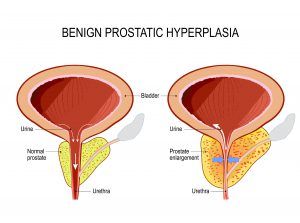
Finasteride for Benign Prostatic Hyperplasia (BPH)
Benign prostatic hyperplasia (BPH) is a condition categorized by frequent and difficult urination and the inability to urinate. The condition is caused by an enlarged prostate. Finasteride can reduce the size of the prostate and potentially help you avoid surgery to fix the condition.
While you should always follow your dosing exactly as prescribed, for BPH, people will usually take 5 mg of finasteride once a day. It is sometimes prescribed in conjunction with another drug, doxazosin. Unless told otherwise, take your medications around the same time each day.
Finasteride will not cure BPH, and it may take up to six months to show significant results. Even if you begin to feel well, continue taking finasteride as your symptoms will return if you do not.
If it has been 12 months and you have not noticed significant changes, talk to your doctor. This may mean the medication will never help you.
Finasteride for Androgenetic Alopecia
When prescribed for male pattern hair loss, you generally will be taking 1 mg once a day. Again, be sure to take it roughly at the same time every day. You should start to see results after about three months.
Finasteride does not cure androgenetic alopecia. It is only fully effective while you are using it. You will generally lose new hair within a year after you stop taking it.
Should Women Take Finasteride?
It is not entirely clear how finasteride affects the cisgender female body. However, at least one study showed that post-menopausal women could take the medication for androgenetic alopecia without significant problems. They had what could largely be called a net positive result.
Women with hyperandrogenism should probably not take finasteride. This is a condition that triggers testosterone buildup, causing masculine characteristics to manifest in women. Finasteride could throw off the hormonal balance more, and it is therefore not a good option for people with this condition.
More studies should be done on women taking this drug and on how to best treat androgenetic alopecia among women. Women generally suffer more harm to their self-esteem when struggling with hair loss, but they also have less information available on how to address the issue.
Risks and Side Effects
Finasteride can cause the following side effects:
- Erectile dysfunction
- Decreased sexual desire
- Problems with ejaculation
- Pain in the testicles
- Depression
- Chills
- Cold sweats
- Confusion
- Dizziness, faintness, or lightheadedness when getting up from a lying or sitting position
Contact your doctor immediately if you experience any of these concerning side effects:
- Changes in breasts, such as abnormal lumps, increased size, pain, or nipple discharge
- Rash
- Itching
- Hives
- Swelling of the lips and face
- Difficulty breathing or swallowing
As with any medication, if your symptoms seem serious or persist for a long time, see a doctor.
If someone on finasteride ever loses consciousness, seems extremely confused, or cannot be roused without great difficulty, call 911 immediately. Their breathing may have slowed to a dangerous, potentially even deadly, degree.
References
Finasteride. (January 15, 2018). MedlinePlus.
Finasteride (Oral Route). (April 1, 2019). Mayo Foundation for Medical Education and Research (MFMER).
Finasteride 5 mg/day Treatment of Patterned Hair Loss in Normo-androgenetic Postmenopausal Women. (March, 2013). International Journal of Trichology.
Finasteride for Hair Loss in Women. (2009). BC Drug and Poison Information Centre (DPIC).
Ovarian Overproduction of Androgens. (April 19, 2018). MedlinePlus.

